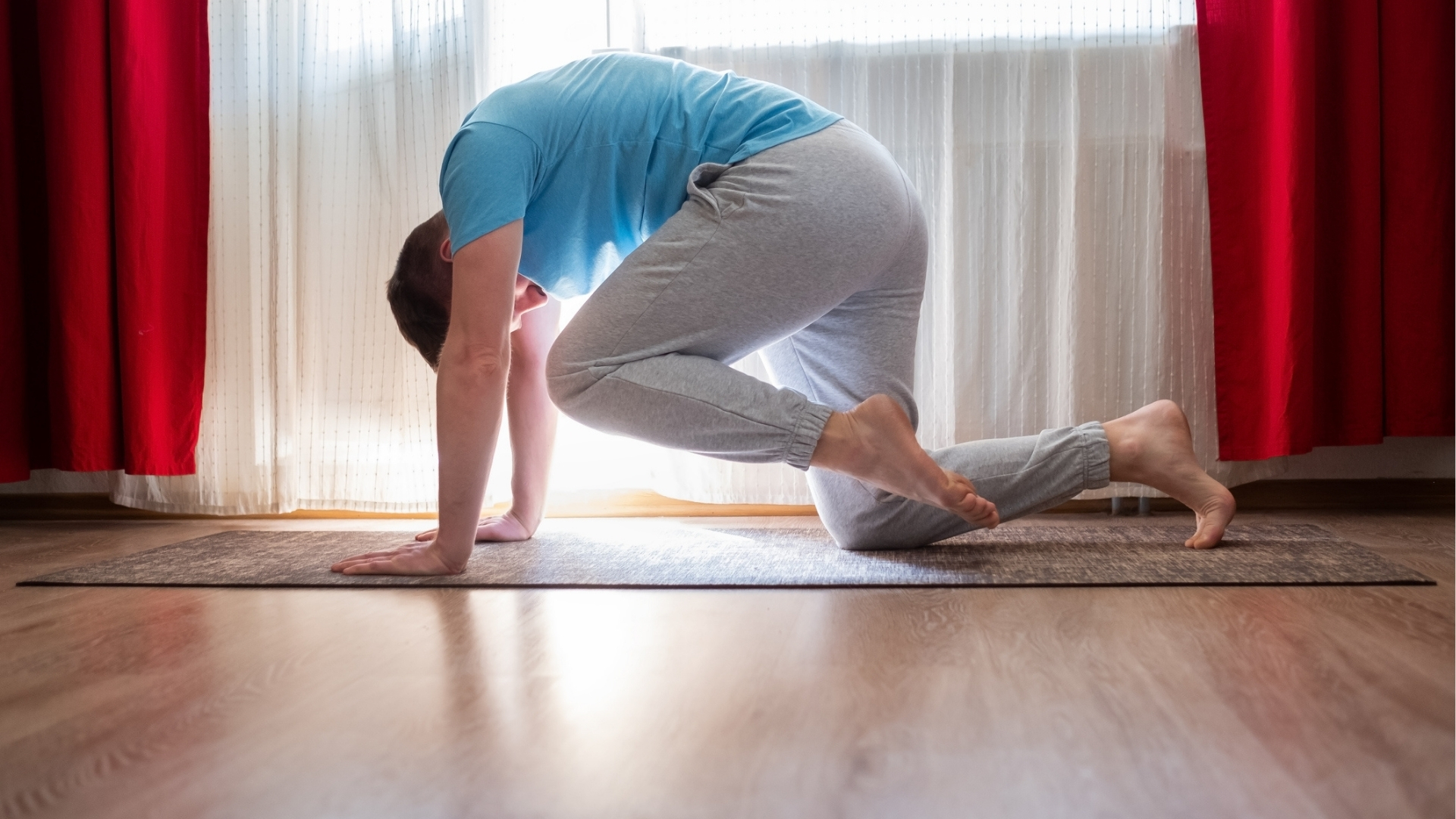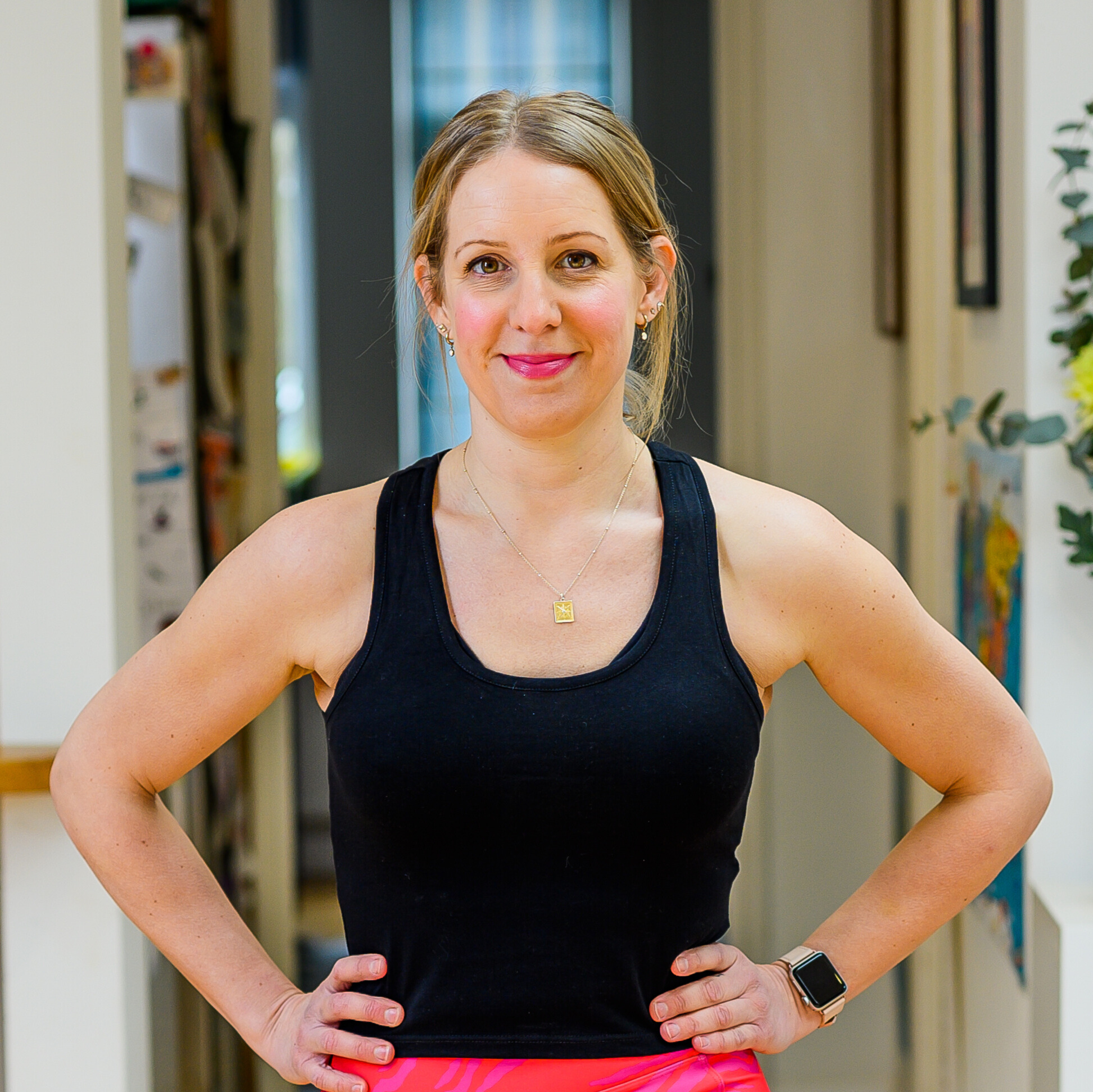No, not planks—I’m a personal trainer and these are the three core moves I always recommend for beginners
Swap the plank for these three core-strengthening exercises


Planks are a great bodyweight exercise for improving core strength and stability, but many of my new personal training clients struggle with them. They find it hard to engage the core and end up arching their back, which can lead to pain or injury.
That’s why I save planks for later, when we’ve built a more solid foundation of core strength. Instead I start with three other bodyweight moves that are simple but effective, especially for beginners. The specific positions of these moves create maximum opportunity to activate the core.
How to do a core-strengthening circuit for beginners
A post shared by Personal trainer Oxford (Maddy Biddulph) (@maddybiddulphpt)
A photo posted by on
Perform 8-10 repetitions (reps) of each move to begin with, building up to 10-12 reps and then 12 reps over a four to six-week period. Complete the reps of each exercise before moving onto the next one and repeat the circuit three times.
Use these moves as part of your core strength training or add them to a full-body workout.
1. Bird dog zipper
- Start in a tabletop position with your shoulders over your wrists and hips over your knees.
- Brace the core as you extend one arm in front and extend the opposite leg behind you. Your arm and leg should be in a straight line while keeping your hips and shoulders parallel to the floor.
- Bring the elbow and knee of the extended arm and leg toward each other to touch under the torso. Then extend the arm and leg again.
- Swap sides and repeat.
2. Dead bug
- Lie on your back with your arms extended straight up and knees bent at 90° angle above your hips.
- Brace your core and push your lower spine into the floor. Don’t let your back arch.
- Slowly lower your right arm behind you toward the floor as you extend your left leg straight out so it hovers just above the floor.
- Return to the starting position while maintaining control and stability.
- Swap sides and repeat.
3. Bicycle crunch
- Lie on your back with feet on the floor and knees bent. Place your hands lightly behind your head.
- Lift your knees to roughly 90°angles while keeping your lower back pressed into the floor. Keep your chin away from your chest to avoid straining your neck.
- Engaging your core, bring your right elbow towards the left knee as you extend the right leg out straight.
- Rotate your waist so that your elbow and knee can come closer together.
- Switch sides and rotate to the other side, bringing your left elbow towards the right knee and extending the left leg.
- Swap to alternate sides in a fluid, controlled motion
How building core strength can help reduce back pain
Core strength goes beyond just muscle definition—it can help prevent back pain and injury. Having weak muscles around the lower back forces the body to rely on passive structures for stability, such as ligaments (which connect bones) and spinal discs, potentially leading to discomfort and pain.
Exercises like bird dog zipper, dead bug and bicycle crunch strengthen muscles in the middle of the body, helping stabilize the spine for everyday movements.
Start your week with achievable workout ideas, health tips and wellbeing advice in your inbox.
Maddy Biddulph is a journalist specializing in fitness, health and wellbeing content, with 26 years in consumer media working as a writer and editor for some of the bestselling newspapers, magazines and websites in the US and UK, including Marie Claire, The Sunday Times and Women’s Health UK.
She is a CIMPSA-certified PT and works one-on-one with clients, as well as running Circuits Club classes which mixes cardio and strength training and chair-based exercise classes for seniors.
